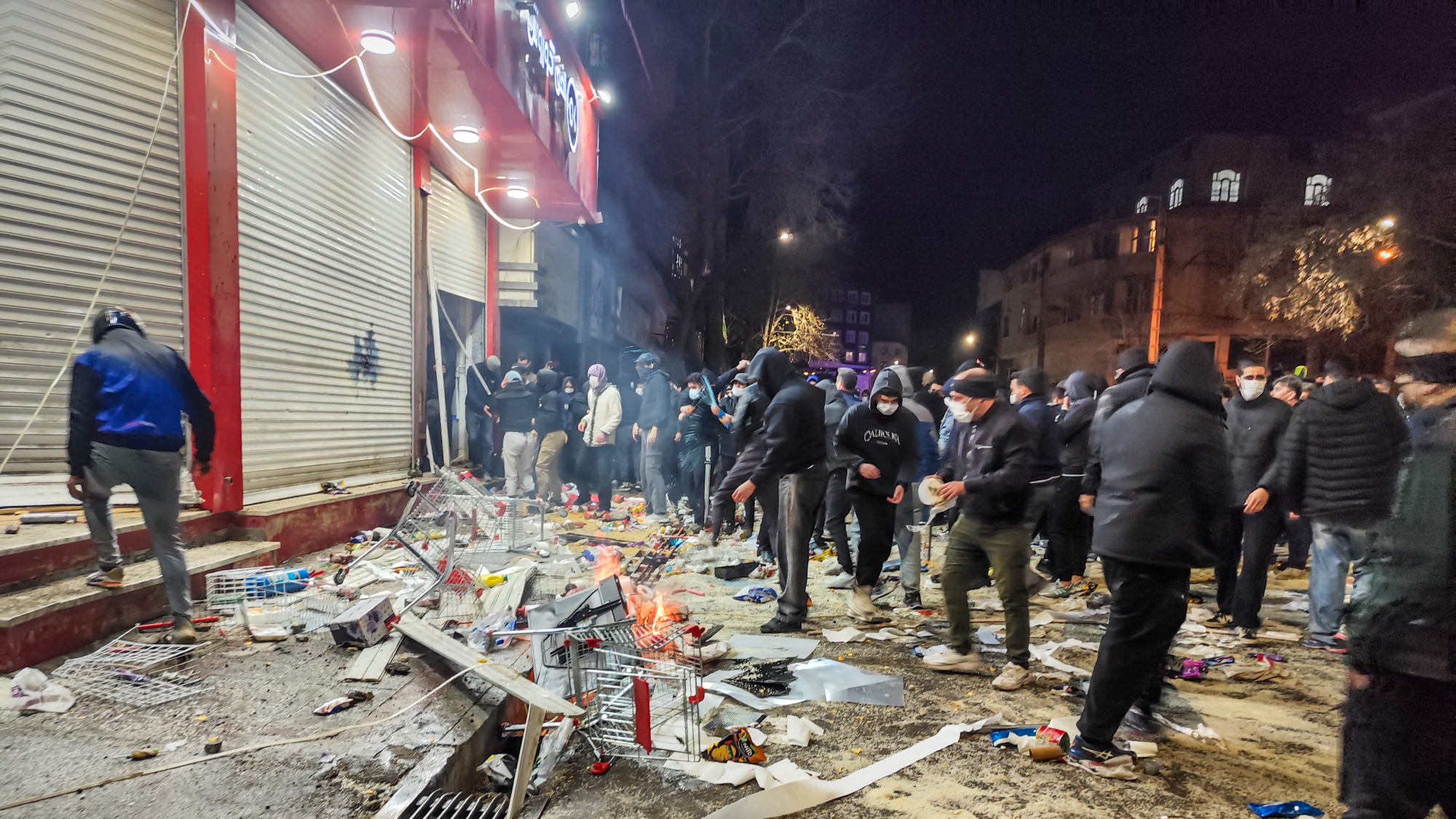Every picture tells a story
But Obama is right. There's nothing to be gained by releasing bin Laden's

President Obama gets it right yet again with his decision not to release photos of the slain Osama bin Laden.
What would such a move have accomplished? Advocates, led by CIA chief Leon Panetta, seem to think that it would dispel doubts in the minds of people, particularly Arab Muslims, who do not believe that bin Laden is really dead. But think about that. By definition, in order to question the veracity of the kill, one would have to accept at least the following: After more than a decade of famously failing to track down its No. 1 mortal enemy, the United States now has chosen to stage a proxy assassination that cost a fortune; that pointlessly risked the lives of some of its highest-value operatives; that shed mortifying light on the fault lines in America's crucial relationship with Pakistan – and, most important, that invited a response from the real, live Osama, who has never been shy about sending proof of life and anti-American intention to his media outlets of choice.
No doubt, there are many Arab Muslims who firmly believe all of the above – along with a good few Americans, who have yet to abandon the search for Elvis. But let's face it: those folks are not going to look at official White House images of the freshly dispatched Osama and think, "proof." They are going to look at those images and think, "Photoshop."
The Week
Escape your echo chamber. Get the facts behind the news, plus analysis from multiple perspectives.

Sign up for The Week's Free Newsletters
From our morning news briefing to a weekly Good News Newsletter, get the best of The Week delivered directly to your inbox.
From our morning news briefing to a weekly Good News Newsletter, get the best of The Week delivered directly to your inbox.
If publicizing the post-mortem visuals would achieve nothing in the way of persuading skeptics, how would it play among believers?
Arab Muslims who accept that bin Laden is dead can be divided into two groups: those who are enraged about his slaying, and those who are not. Curiously, Western experts who oppose releasing the visuals seem to be focused on the former, raising the possibility that the sight of such graphic evidence might spur bin Laden's faithful to even greater acts of violence than they would otherwise commit. With all due respect, this argument strikes me as borderline comical. Given that hard-core bin Laden supporters were homicidally anti-American before their hero was martyred, can they not be presumed to have reached a perfect 10 on the the fanatical-fury scale now that he has been? Honestly, how much more functionally significant ill will is there left in that crowd to stir up?
The show-or-not-to-show decision, then, would properly have been based on how it was likely to affect Arab Muslims who both believe that bin Laden is dead and are actually glad about it. These are the people with whom the United States desperately needs to engage, and whom it would risk alienating by waving around proof that our mutually dreaded monster is gone for good. If this seems strange, remember how Iraqis reacted to the capture of Saddam Hussein. In the main, they were delighted that the fallen dictator had been caught, but disgusted that he was, to their minds, put on display. Far from being shot on sight, of course, Saddam was treated very well. It was in part to prove as much that the Americans released video showing his medical examination, including footage of a doctor very dispassionately taking swabs for purposes of DNA, and so on.
To me, those images looked extremely humane. To Iraqis – including Iraqis who hated Saddam and were literally crying out for him to be executed in the most expedited, miserable way possible – it looked extremely humiliating. At a moment when the Iraqi public could have been doing nothing but rejoicing in what the United States had pulled off, it was made, in part, to recoil. It is easy to imagine a similar reaction among many Muslims who are confronted with the reportedly "gruesome" specter of the slaughtered Osama: even those who agree with the hit might well think, "wasn't it enough to kill him? Do they have to mortify him too, and further torment his family?"
A free daily email with the biggest news stories of the day – and the best features from TheWeek.com
Clearly, if there were some concrete, security-related imperative to balance against potentially bruised public sensitivities, the sensitivities could take a back seat. Here, though, there is no such imperative. The job is done. The devil has been dusted. There is no more powerful message to send.
In the end, it's a very simple calculation: there is something in the way of pro-American sentiment to be lost from releasing those photos. There is nothing whatsoever to be gained.
When it comes to showing the world exactly what this particular success looks like, Obama is very wise to pull a reverse Nike, and just not do it.
-
 Iran cuts internet as protests escalate
Iran cuts internet as protests escalateSpeed Reada Government buildings across the country have been set on fire
-
 Tips and tricks for Veganuary
Tips and tricks for VeganuaryThe Week Recommends Here are some of our best recommendations for a plant-based start to the year
-
 FBI bars Minnesota from ICE killing investigation
FBI bars Minnesota from ICE killing investigationSpeed Read The FBI had initially agreed to work with local officials
-
 The billionaires’ wealth tax: a catastrophe for California?
The billionaires’ wealth tax: a catastrophe for California?Talking Point Peter Thiel and Larry Page preparing to change state residency
-
 Bari Weiss’ ‘60 Minutes’ scandal is about more than one report
Bari Weiss’ ‘60 Minutes’ scandal is about more than one reportIN THE SPOTLIGHT By blocking an approved segment on a controversial prison holding US deportees in El Salvador, the editor-in-chief of CBS News has become the main story
-
 Has Zohran Mamdani shown the Democrats how to win again?
Has Zohran Mamdani shown the Democrats how to win again?Today’s Big Question New York City mayoral election touted as victory for left-wing populists but moderate centrist wins elsewhere present more complex path for Democratic Party
-
 Millions turn out for anti-Trump ‘No Kings’ rallies
Millions turn out for anti-Trump ‘No Kings’ ralliesSpeed Read An estimated 7 million people participated, 2 million more than at the first ‘No Kings’ protest in June
-
 Ghislaine Maxwell: angling for a Trump pardon
Ghislaine Maxwell: angling for a Trump pardonTalking Point Convicted sex trafficker's testimony could shed new light on president's links to Jeffrey Epstein
-
 The last words and final moments of 40 presidents
The last words and final moments of 40 presidentsThe Explainer Some are eloquent quotes worthy of the holders of the highest office in the nation, and others... aren't
-
 The JFK files: the truth at last?
The JFK files: the truth at last?In The Spotlight More than 64,000 previously classified documents relating the 1963 assassination of John F. Kennedy have been released by the Trump administration
-
 'Seriously, not literally': how should the world take Donald Trump?
'Seriously, not literally': how should the world take Donald Trump?Today's big question White House rhetoric and reality look likely to become increasingly blurred